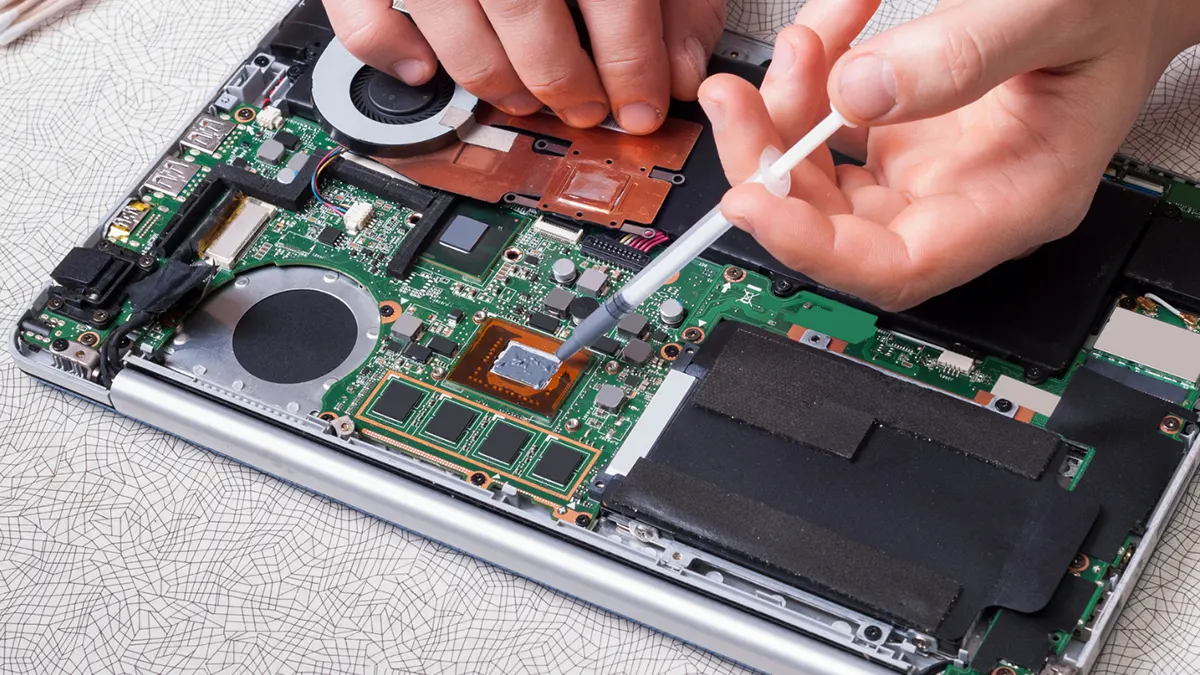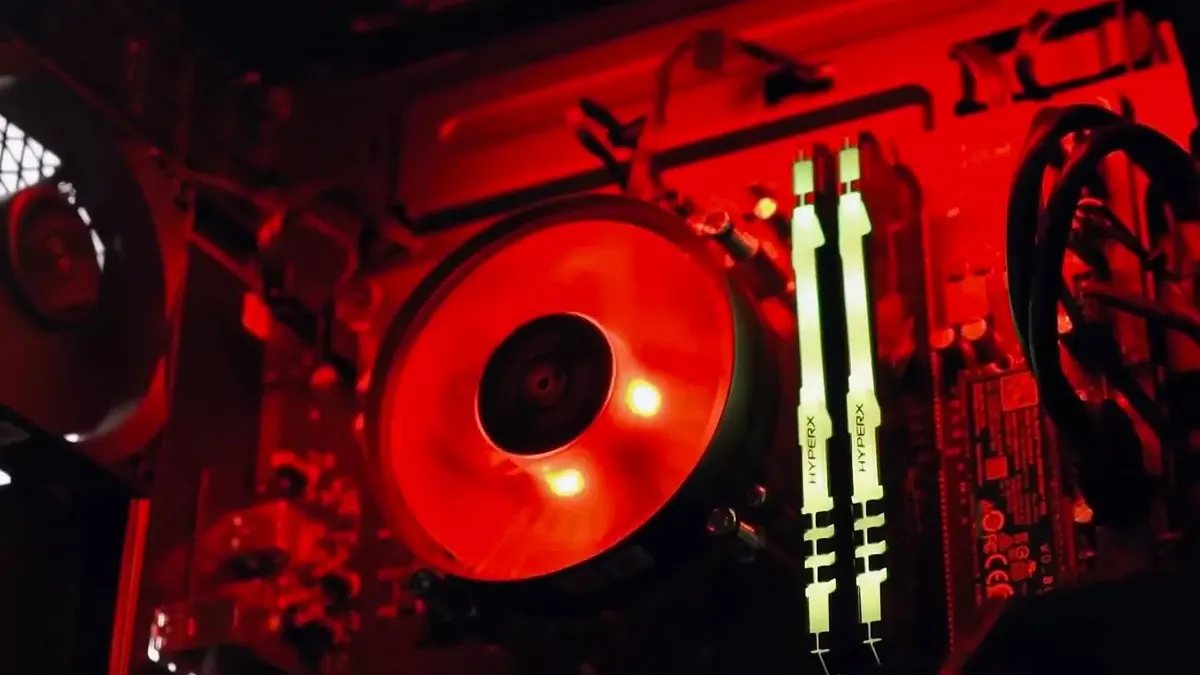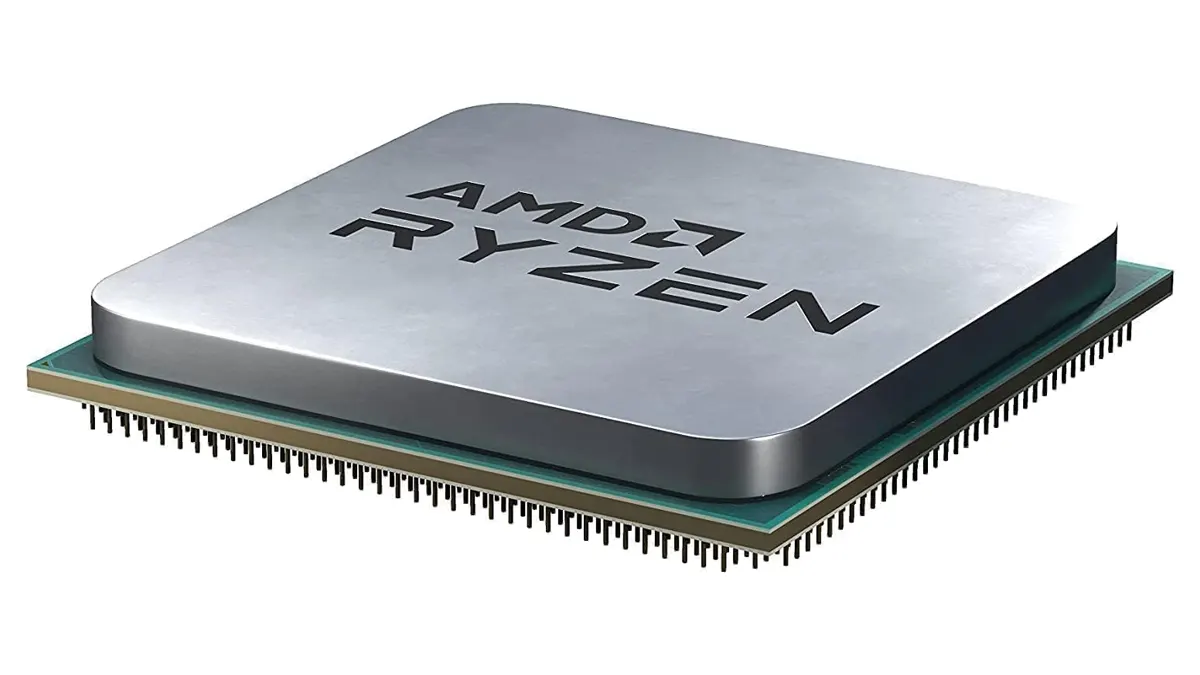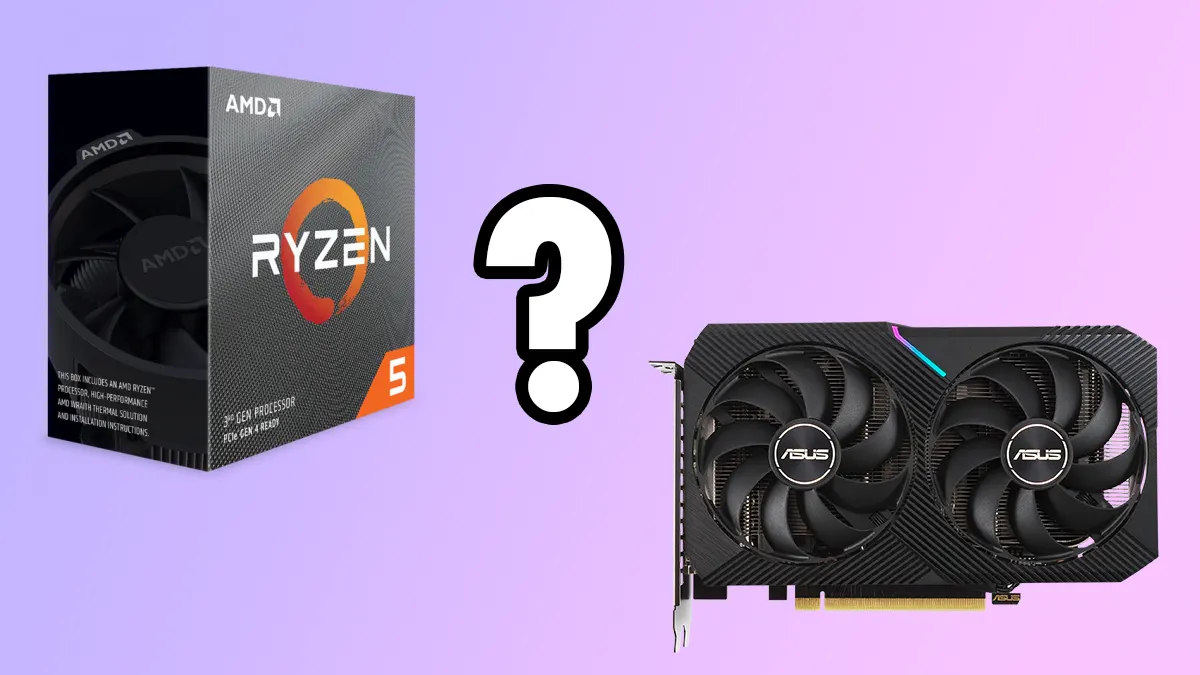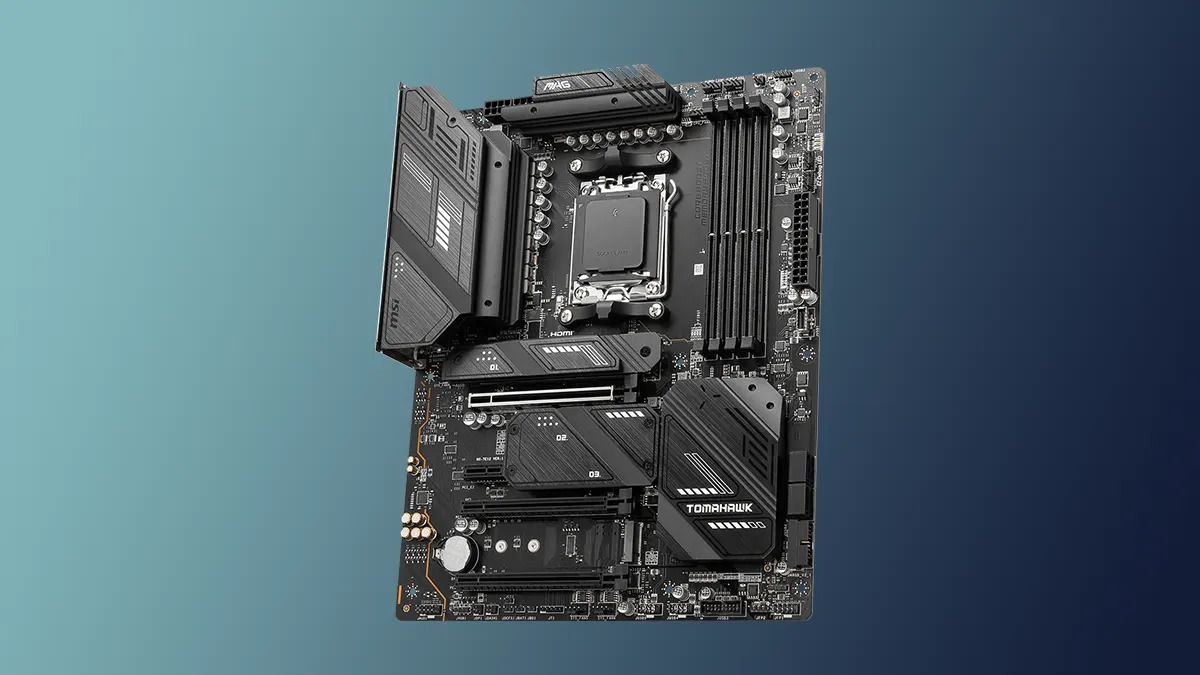The most common answer is NO. This is due to numerous reasons. Laptop motherboards do not follow any size standards, they are all different. Every other laptop has a motherboard of a different size because of the laptop’s design reasons chosen by the manufacturers. The laptop motherboards lack versatility, which is present even in the same generation of series made by the same manufacturer.
Users frequently inquire about the possibility of upgrading their laptop components, which also include the motherboard. Also, why does it matter? Well, changing a motherboard can have a profound effect on your user experience. However, in most instances, it is simply not possible. But there are exceptions where you can. Let us examine all aspects to ascertain the current situation and determine the measures that can be taken to rectify it.
Is It Possible to Upgrade a Laptop Motherboard
Finding the ideal motherboard upgrade for your laptop is quite impossible. What you can find with some research is the replacement motherboard for your laptop, in case the current one has died or not working properly. But that, too, isn’t as easy as you might think.
Most of the time, manufacturers soldered components like processors, graphics card units, RAM, or even storage onto the motherboard itself. Which, on the one hand, makes it impossible to upgrade those but also makes it quite expensive to upgrade the motherboard as a whole. Because the new one will also come soldered with the parts mentioned above.
Laptop vs Desktop Motherboard
As said earlier, the laptop motherboards do not follow any size standard; every manufacturer designs their laptop and its motherboard however they seem fit for the best possible outcome. Furthermore, this statement applies to each series, model, and company in the laptop manufacturing business. What this means is that even if you have the same series but from previous years, you wouldn’t be able to upgrade its motherboard with the motherboard of the same series but from a later year.
Each year, components evolve, and so do their power and space requirements. Which ultimately becomes the very reason for a design change of the whole laptop. For instance, let’s say you’re rocking a good old Razer Blade 15 from the year 2017 or similar, and now it has started to show its age, and you’re considering a motherboard upgrade to benefit from newer components, like the Razer Blade 15 from the year 2022. This is where the issue arises, as despite belonging to the same series, the laptops exhibit significant differences in size and power requirements.
On the contrary, desktop motherboards adhere to a strict size standard, which facilitates easy sales for the manufacturers. There are several sizes in which you can get a motherboard for your PC, including ATX, mATX, mini iTX, and E-ATX form factor.
Each category differs in size and price because of the features they come with.
Let’s start with mATX, which is one of the most commonly used motherboard sizes because of its reasonable price and features which it offers. mATX or Micro ATX motherboards are usually 244x244mm in dimensions and come with most of the basic features one needs to get over almost anything he needs to. mATX boards feature 1 or 2 PCIe x16 slots maximum and the same numbers for the NVMe drive slot.
Now, let’s talk about ATX or also known as Full-ATX motherboards, these motherboards are taller than mATX boards because of their 305x244mm dimension size. Also, that increment in size is because of the extra features which it can offer over the mATX form factor. Nonetheless, it is worth noting that the cost of these boards is also higher than that of the mATX boards, although both boards utilize the same chipset. Boards of this form factor can boast up to 3x PCIe x16 slots and up to 5 NVMe slots. Not only those, but these boards also feature some of the best VRMs on the market.
Now onto mini iTX motherboards, these are the most miniature desktop motherboards you can get your hands on for the smallest possible iTX builds. These boards usually cost more than mATX motherboards and have dimensions around 170x170mm, and also come with the least features and expansion capability out of the bunch. This translates to a solitary x16 and x4 expansion slot, along with only two DIMM slots and a constrained number of fan and USB headers.
In the last, let me tell you about the E-ATX form factor, these are the widest and tallest motherboards and are extremely expensive because they only come with flagship-level features and power. These motherboards bear a striking resemblance to ATX motherboards in terms of their feature set, with a few notable exceptions arising from the available space on the PCB.
Laptop Motherboard Size
With each new model every year of the same series, the company does noticeable changes to its design, hardware, and features. Which also affects its motherboard as well. Occasionally, in a particular model, a heating issue may develop. To rectify such deficiencies, the company implements modifications to the chassis design and the placement of its motherboard, and if necessary, alters the design of the motherboard to address the issue in the subsequent version of the same model.
Therefore, this renders the installation of a motherboard on a laptop of an identical model, whether it is of a recent or older generation, exceedingly challenging. We can’t even install motherboards of the same series, let alone the possibility of installing a motherboard from a different series or brand. However, in those instances, where the motherboard does have the same design as the model that you possess, the screw holes and placement of connectors such as for the Wi-Fi and BT card or the touchpad or any other component, present challenges and adds to the impossibility factor for the anticipated motherboard upgrade which you were planning.
Built-in Component Nature of Laptop
One of the factors which usually becomes the problem in a motherboard upgrade is the soldered components. Many manufacturers for some reason solders components such as the processor, graphics card, and even memory sticks onto the motherboard. And if your laptop is one of those which has soldered components, then you’re done for good, and upgrading the motherboard would be as expensive as buying a whole new laptop. The reason for this is that you’ll have to shell out for the hardware that’s attached to the motherboard.
This is a widely used practice among laptop manufacturers, to solder the components onto the motherboard and leave no room for the upgrade whatsoever. So, be cautious while getting yourself a brand-new laptop, because you could benefit from a RAM or storage upgrade over time. This is the minimum requirement for a laptop, one should bear in mind if he intends to retain it for a prolonged period.
Swapping Motherboard Within Same Series
Another question that is worth explaining is, what if you want to upgrade the motherboard within the same laptop series? Well, the answer here is again No or Yes. This is because it is not always true and varies from manufacturer to manufacturer whether they want to follow the same design pattern or would like to make some notable changes to the dimensions of the laptop.
So, how exactly can you upgrade your laptop’s motherboard of the same series? Manufacturers usually launch several models from the same series every year, having almost identical designs and shapes, while only differentiating in specs. This way if you have a laptop with inferior specs and feel the need for an upgrade, then in most instances you can replace your motherboard with the motherboard having superior specs from the same series and manufacturing year.
Anyway, how exactly can you figure out what to look for while finding a replacement motherboard with superior specs? You have to be certain about the model number of your laptop’s motherboard. And how can you find that out? You can use third-party applications like CPU-Z, which can tell every detail about your laptop’s components. You can simply grab the software from the web and head to the motherboard’s model number right under the manufacturer’s name.
Arranging Components Is Exhausting
Let’s suppose, you have a laptop, whose motherboard has the capability of being upgraded to a more powerful one. So, now all you need is the new motherboard, right? Well, that’s where the real problem begins. Since laptop motherboards do not follow size standards, they are not as readily available as desktop motherboards. This brings down the chances of a potential upgrade drastically.
It is imperative to prepare your mind for the arduous task of finding the right motherboard model that will easily fit within the chassis of your laptop. The reason behind this is lack of availability, as we have discussed before. So, you have to rely on your luck and ask the manufacturers if they have a replacement motherboard available to them.
Or you have to look for it in a nearby computer store that deals in used laptop parts or search the online marketplaces to find the upgrade. In all honesty, this much hassle isn’t worth it, and you will be better off going with a brand-new laptop by saving a little more overtime if you can’t afford one right away.
The Cost of Such Upgrade Is Just Too Expensive
Sometimes, the used market can be wild, or even the new one. How’s that? Since electronics tend to lose their value over time, so a time comes when the total worth of the component or the gadget itself becomes as similar as the replacement component itself. This makes it super hard to justify spending so much extra for an upgrade where you can just simply change the whole thing effortlessly. This situation applies to laptops as well, because the majority of the time, the replacement or upgrade you’re looking for your laptop cost as much as your old laptop. Which makes the whole upgrading thing pointless and stupid.
Can You Upgrade CPU on Laptop
Now that you’re certain about the unavailability of the motherboard and its absurd price. How can you improve the performance of your current laptop without replacing the whole motherboard? If you’re fortunate enough, your laptop’s motherboard has a processor which is not soldered to its PCB. Then there’s a possibility of a potential processor upgrade. This practice was quite common back in 2011-2013 when Intel’s 2nd and 3rd generations of processors were at their peak.
The consumers had the freedom of upgrading their laptop’s processor with a newer series one quite easily as compared to what we have now. Also, not just that, many gaming laptops like Alienware had modular interchangeable graphics cards. These modular graphics cards utilized the MXM board design to enable interchangeability. This design is still in use because some laptops still come with such upgrade options. Moreover, the replacement or upgrade options were easily available to purchase for consumers.
Upgradeable Laptops
Now, if you’re in search of a laptop that allows you to upgrade the parts in the future as per your need, then there aren’t as many options out there as they used to be. So, let me tell you about one of those laptops which you can consider for yourself.
When someone thinks of a modular laptop, Framework surely comes to mind. Framework has completely changed the way how a laptop can manufacture in a consumer-friendly manner. Their laptops have an upgrade path like none other. Like if you’re rocking a Framework laptop 13 with Intel’s 11th processor, then you can simply change the motherboard with a new 13th-generation board within the same laptop chassis. Furthermore, the laptop is capable of being upgraded in every aspect, and the process of finding replacement parts is also straightforward, as the Framework maintains a stock of both old and new parts.
Conclusion
This sure was a hot topic to cover because laptops become obsolete quicker than their desktop counterparts. So, looking for a potential cost-effective upgrade to give a new life to your dying laptop makes sense. However, It is not as straightforward as it may appear, which is why we examined it to determine whether it is worth the effort or not. And in most cases, we were restricted from upgrading the motherboard because of the proprietary standards of the laptop manufacturers.
This leaves us no choice other than forcing us to go for a brand-new laptop instead of making upgrades to the old one. We do hope that this article helped clarify everything to you about the possibility of upgrades that can be done on a laptop. Furthermore, we hope that a growing number of manufacturers will embrace the idea of Framework laptops to enhance the consumer-friendliness of their upcoming laptops.
Frequently Asked Questions
Is there any benefit of upgrading the motherboard?
Yes, the reason is quite straightforward, which is better performance without spending too much. But that depends on what kind of upgrade you’re looking for. Newer motherboards come with the latest feature set like faster memory and storage, faster and more I/O ports, and more importantly, faster and more powerful CPU as well as the GPU. These are some of the key benefits which can change the way you use and experience your laptop.
Does upgrading the laptop’s motherboard involves risk?
Laptops aren’t intended to be versatile like desktop computers. This is why they are designed in such a way where room for tinkering is as little as possible. There is a high chance of you ending up with a faulty laptop if things are not done the right way if you lack the expertise required, and are a beginner at best. This is why I would suggest you hand over your laptop to the computer repair guys or a friend of yours with the required expertise.
Are there too many steps involved in the motherboard upgrade process?
To be honest, it depends on the laptop and its manufacturer, like how complex they have designed their laptops. However, usually, there are only a few steps in the whole process. It involves disassembling the laptop completely and making sure to keep the screws safe in one place for later use. After that, simply change the motherboard and put in new thermal paste if needed and screw it inside the new chassis, then put and assemble everything back.
Is upgrading the motherboard more practical than buying a new laptop?
This situation again relies on the mercy of the prices of the component. In those instances where the newer motherboard isn’t costing as much as a new laptop but packs quite a lot of power to justify its purchase. Then, for sure, go for the motherboard upgrade if it’s more feasible. In case, the price is just too damn high, better go for a whole new laptop instead.
